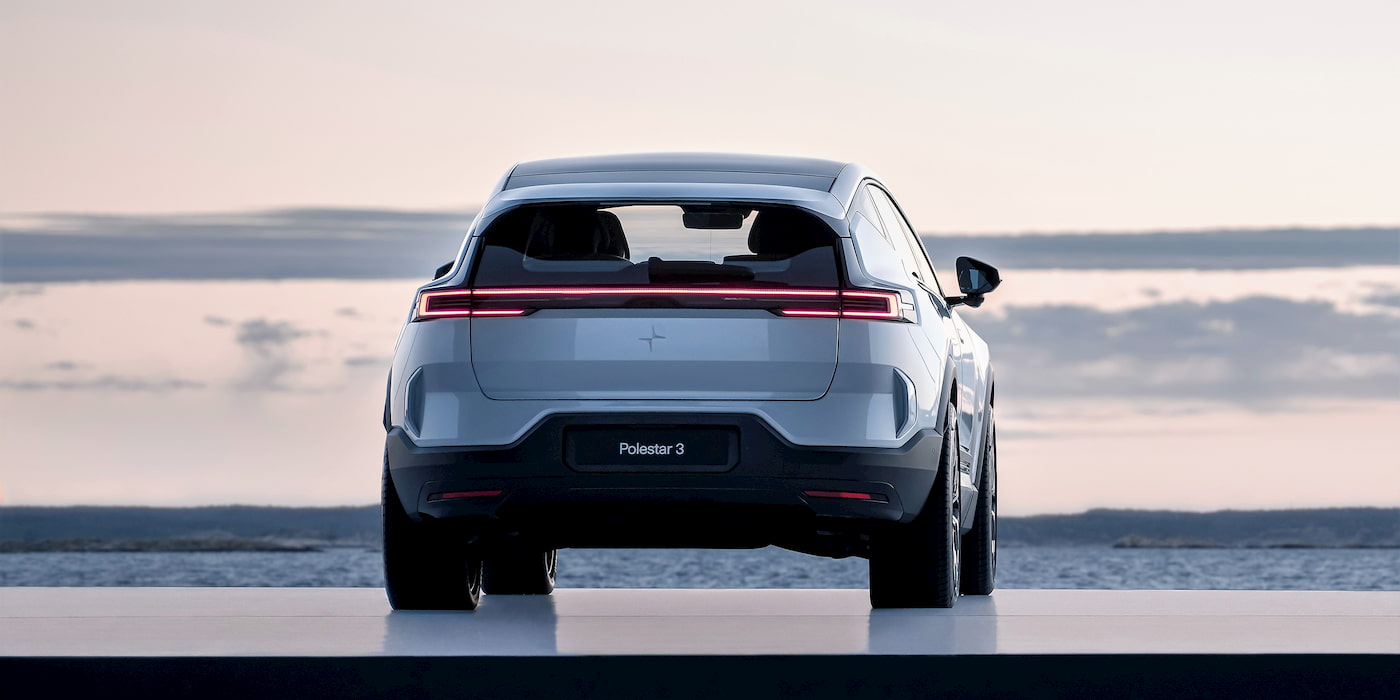
Polestar and Toyota are at two opposite ends of the EV spectrum. The former is building some of the world’s most sustainable electric vehicles, while the latter has been openly opposed to going all-electric. At a recent media briefing, Polestar’s head of sustainability, Fredricka Klaren, took aim at Toyota and its EV strategy (or lack thereof), claiming anything but a fully electric future will fail to address climate change.
“It’s not possible. We cannot continue using fossil fuels,” Klaren responded when asked questions about Toyota’s stance that EVs are not the only way to reduce emissions.
Toyota has consistently stood by its stance, even lobbying against going all in on pure electric vehicles. Instead, it insists on investing in hybrid technology and fuel cells alongside its ICE vehicles.
Despite nearly every other automaker making plans to go fully electric, Toyota is standing by its hybrid strategy. Toyota has one fully electric vehicle, the bZ4X, with 1,220 US sales last year.
Despite the improved electric range on Toyota’s “crown jewel” fifth generation Prius, the hybrid model is quickly becoming the best CD player in a world moving toward iPhones.
Toyota generated less than 1% of total US sales from zero-emission vehicles (not hybrids) and has the least developed supply chain for reducing carbon emissions. As a result, Toyota ranks among the 2022s world’s most obstructive companies on climate policy.
Polestar, on the other hand, aims to build a completely climate-neutral EV with the Polestar 0 project. The EV maker delivered over 50,000 electric vehicles in 2022, solidifying its position as an emerging EV contender. Polestar is calling on the industry to become more transparent about sustainability, and they are not afraid to call out those not assisting in the cause.

At a media briefing this week in Sydney, Klaren said automakers focusing on anything but EVs are taking the wrong approach, adding there’s no place for mass-produced non-EV models after 2030.
Klaren says Polestar is basing its assessments on science, saying:
From our standpoint, our climate strategy is based on the IPCC (Intergovernmental Panel on Climate Change). It’s a top-down approach. We’ve said that we need to be climate neutral by 2040 as a company and we need to halve emissions by 2030, and that’s not what we can do – that is what the climate scientists are telling us we need to do as companies.
She adds that anyone who claims they will fix it in 2040 or 2050 is not listening because we will have already missed our goal.
We only have seven years left until we hit 1.5 degrees global warming. That’s a fact if we continue on the route we’re heading into. So, anything after 2030, we’re not interested.
In particular, Klaren directed her attention toward Toyota and hybrid technology, saying it alone won’t be good enough.
To me, you’re still putting gasoline in the car, so don’t focus on that technology at all. If you keep focussing [and] having that in your business plan, you’re not going to level up in the way you need to do in terms of this new technology.
Polestar is calling on auto industry leaders to do their part to combat climate change, including setting goals and being transparent about them.
All companies need to have that strategy to enable us to combat climate change in time. So that’s our predicament here. We know this. We know there is no place for non-EVs on a large scale after 2030 in that scenario. But OEMs are locked into their business plans. They plan for a transition and I understand that. But the thing is that the timeline is wrong and it’s not in line with scientists, so what we need to do is tear up those business plans and make new ones.
Electrek’s Take
Polestar is on to something here. Global CO2 emissions hit a new record high in 2022, and if we continue trending down this path, it could mean more frequent and severe weather like we saw this past year. Floods, droughts, and extreme temperatures not only wreak havoc on communities but also the food supply.
Atmospheric CO2 levels are around 420 ppm, according to the latest measurement from NOAA’s Mauna Loa Baseline Observatory.
For us to maintain a 300 to 350 ppm average atmospheric level as it has been over the past several millennia, something needs to change. The transportation sector is one of, if not the largest, global greenhouse gas contributors.
Polestar is one of the EV makers looking to accelerate the transition to a sustainable future, pushing for transparency across the industry, while Toyota has, for the most part, been dragging its feet.
FTC: We use income earning auto affiliate links. More.
